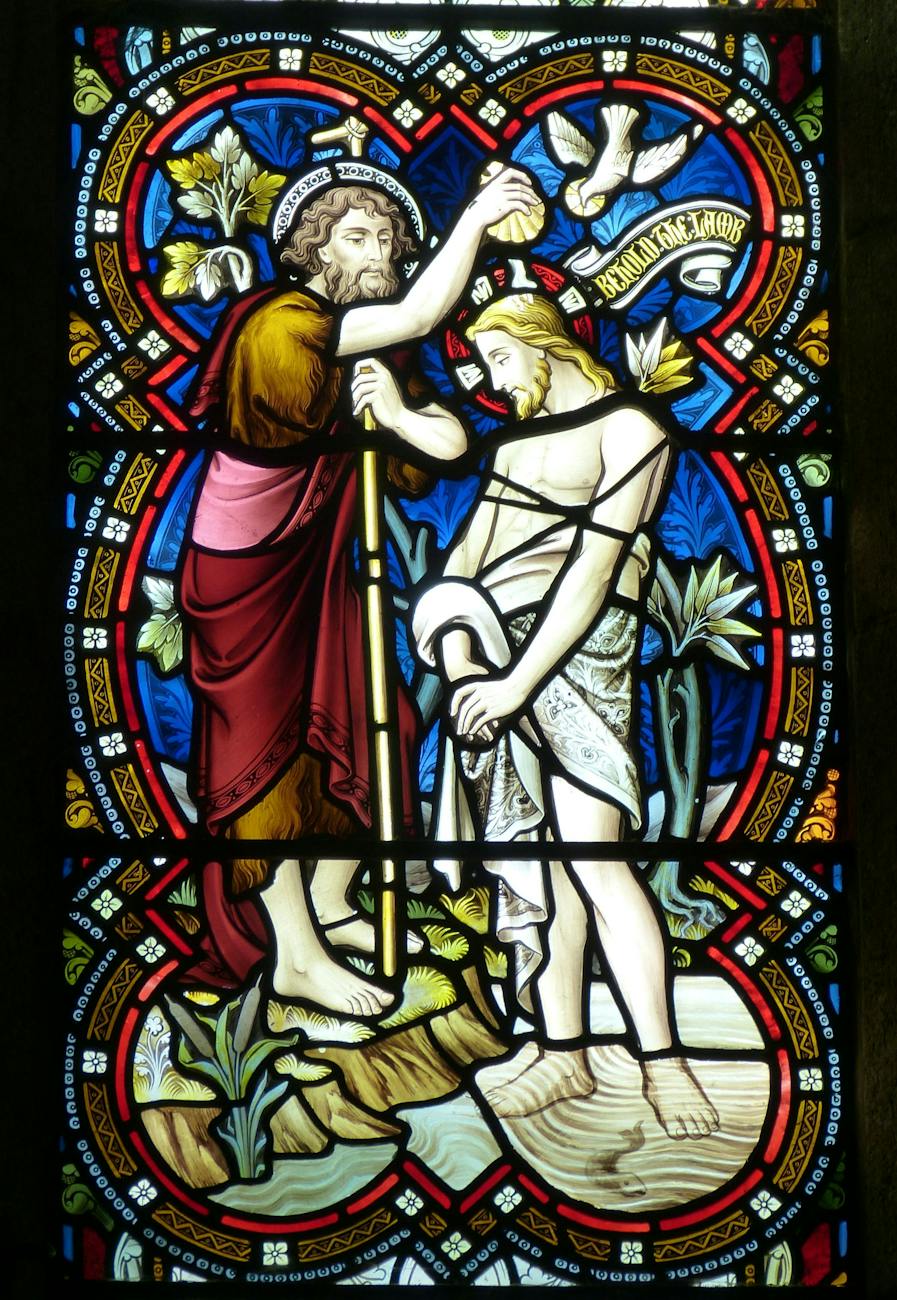Resources for e-Sword appear, and occasionally disappear. The NA-26, and its relatives (NA-27, USB3, USB4, BHS) are probably the best known resources that make a reappearance, only to disappear again.
None of those e-Sword resources contains a fraction of the information that is available in the hard copy. AFAIK, there is no group of resources in the e-Sword world, that comes close to containing the data in the hardcopy of those books. Nonetheless, some users find those resources useful.
About a week ago, a question about the copyright status of NA-26 was raised on BibleSupport.com. (That thread has since been deleted.)
The specific question was
(2) To observe any special restrictions that may govern the use of particular texts or bodies of material as stipulated in the aforementioned documentation;
Doesn't this mean that even if you are not distributing it for commercial purposes (which is discussed in point one of the CCAT user agreement), this text might still be restricted?
Copyright and licensing issues can be extremely thorny. The individual simply wants assurance that their use of NA-26 is legal.
In the United States, copyright law, at least in theory, covers distribution. It does not cover usage. How the content was originally obtained is basically irrelevant--- a point that a number of former habituates of Cellophane Square greatly appreciated, especially when the police tried to confiscate their newly purchased albums.
In other countries, copyright law can extend into how the content was obtained.
For all five resources (NA-26, NA-27, USB3, USB4, BHS), CCAT is the acknowledged source of the etext. This is where things start to get legally confusing, and tricky.
- The University of Pennsylvania had a license from The German Bible Society to use those texts in their CCAT project;
- CCAT distributed a number of texts under a license that restricted usage to academic research;
- CCAT put some texts online, with their own license, which prohibited commercial usage, and restricted non-academic research usage;
- CCAT removed the texts licensed from The German Bible Society from their online site, citing a license misunderstanding, demuring from clarifying what is meant, or being referred to;
- The German Bible Society announces that they will not grant permission to distribute their content to any free Bible software. A clarification from them implies that both gratis and libre software are included the prohibition;
- e-Sword-users.org put the e-Sword resources online, removed them, and puts them back up. The specific resources imply that users have to sign, and adhere to the CCAT license.
Furthermore:
- The German Bible Society has never granted anybody associated with e-Sword permission to distribute their content;
- The intent of the CCAT License is to prohibit mass re-distribution;
Consequently, the odds are that the e-Sword resources were never legally distributed.
One of the first response to the question was that the Bible should not be subject to copyright, because God wrote it. Most courts in the United States would dismiss it out of hand, citing Urantia Foundation v. Maaherra, 895 F. Supp. 1329 - Dist. Court, D. Arizona 1995. In the South, the court might declare that since this involves God, then it is a matter of religion. Something that the court frequently tried to do in
McMurtry v. Society Ordo Templi Orientis Case # 85-2897 US Court of Appeals, Ninth District. 819 F 2d 1146, and the rest of the lawsuits involving those two organizations.
A more pertinent question is what does The German Bible Society hold a copyright of? Their content comprises of a synthetic text. A text that they believe accurately represents what was originally written. A text that does not reflect any specific extent manuscript.
As far as current scholarship is concerned, we do not have holographic texts written by the authors of either the Tanakh, or the New Testament. What we do have, is texts that are copies, with errors, of what was originally written. The original text is in the public domain. A specific edition might be under copyright, depending upon the degree of "creativity" that is involved in deciphering the specific manuscript that the edition represents.
One of the respondents on that thread pointed out that The German Bible Society had neither submitted a DMCA take down notice, nor filed a lawsuit, and hence the distribution must be legal. After all, they reasoned, a year is long enough to take such action.
DMCA take down notices are fairly easy to file. (Disclaimer: I've probably filed half a dozen since 2000. I've also been the recipient of about the same number. Only one went to court, and that case was dismissed with prejudice, because it involved deep links, which the court ruled did not violate copyright.)
From both a financial and public relations point of view, filing lawsuits is a bad practice.
- Juries can be finicky.;
- Judges can rule against a party, simply because the lawyer angers the judge;
- Expert witnesses can be challenged, with the court ruling that they are not qualified to give testimony in their alleged area of expertise;
- Other things can go wrong;
In a theoretical copyright infringement lawsuit in the United States, involving NA-26, there would be reams of technical testimony, showing how and why each word was used in that work, and how it is, or is not a deviation from other texts. The main point being how it conforms to the criteria laid out under US Copyright law, that makes it a copyrightable work.
In the United States, "sweat of the brow" does not automatically mean "copyrightable". In Europe, "sweat of the brow" implies "copyrightable".
If the theoretical lawsuit were in Europe, an alleged infringer in the United States would ignore it, due to lack of jurisdiction. Likewise, a European court would ignore any rulings made in the United States, due to lack of jurisdiction.
I am not a lawyer. This is not legal advice.








